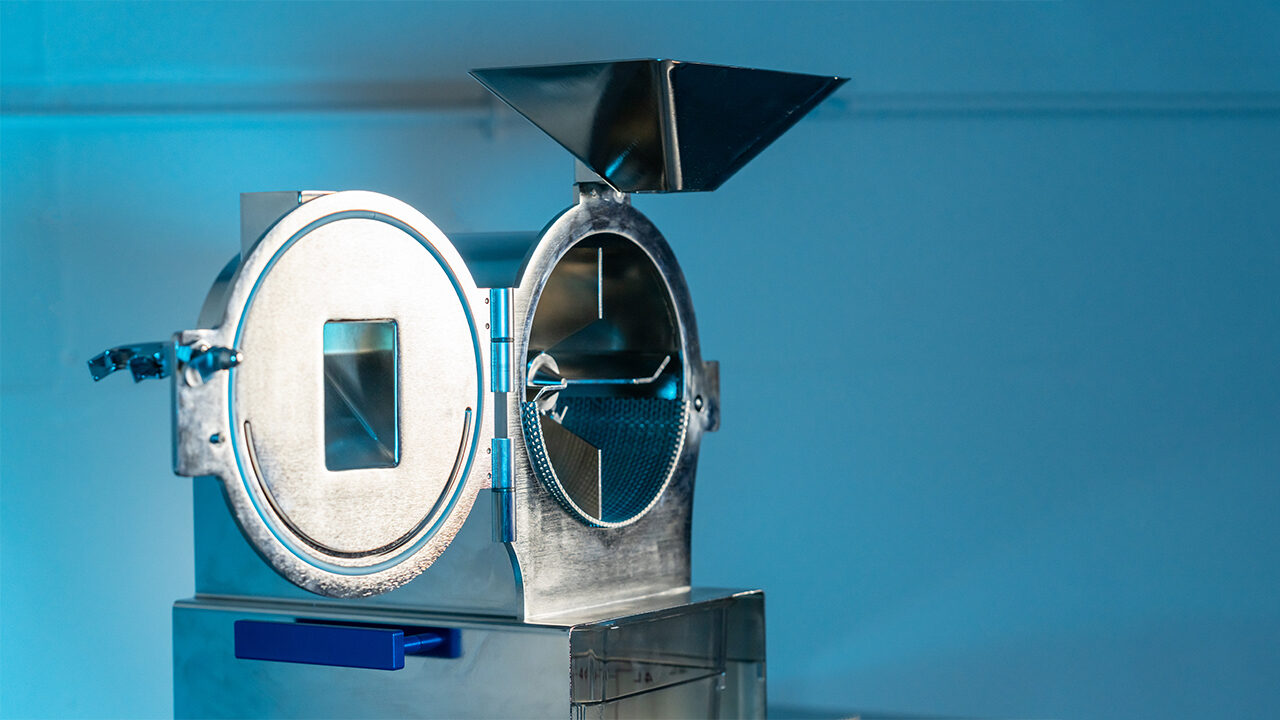BenchPress Profile: Bart Hayes

Bart Hayes, a graduate of The Ohio State University (OSU) floriculture program, was named annual trials manager at his alma mater in October 2007. He has spent his entire career in Central Ohio, first serving Timbuk Farms in Granville as assistant grower before moving along as a grower to Baker’s Acres Greenhouse in Alexandria. Timbuk Farms, a one-time rooting station for Ball Seed Company, exposed Bart to liner and spring production. He later led production of all potted plants during his time at Baker’s Acres, a grower-retailer.
What’s the biggest adjustment you’ve had to make going from commercial growing to the university environment?
“Production at Baker’s Acres had a different pace and was a different type of work. Since I started my career in a big production model, I learned the most efficient procedures using the least labor possible while minimizing inputs so I could maximize the benefits you get from growing plants. I took that model to the smaller scale and really made Baker’s Acres a pretty efficient operation for its size. When you come to the university, it’s a different mindset. The university will take its time producing plants to make sure it’s the most apt way. They’re teaching the next group of growers. We don’t want to teach the growers to cut this corner or to shave two weeks off production using this growth regulator.”
So you’ve really resorted to Growing 101.
“I equate it to boxing. If you’re a boxer, everybody goes back to shadow boxing to remember the basics. No matter what level you are at as a competitor, you always go back to those basic techniques and refine them. That’s how you get better. In the growing world, it’s not some new, special recipe for pest control. It’s not some new plant that’s on the market that’s really going to make you competitive. It’s going to be really understanding how the plants grow, why they grow and making sure the techniques you use are the most accurate and apt techniques out there.”
Has your vision of what makes a university trial great changed over the last year?
“The biggest difference I’ve found between all the trials is accessibility. There may be differences in techniques and information gathering, but the trials I found most useful as a grower are, obviously, Ohio State, and then Michigan State and Georgia. I liked Ohio State because it was local. The conditions it experiences are the same I’ve always had. I like Michigan State because of its accessibility and Georgia because of its interactive nature. As trial manager here, we’re trying to take a cue from some of the other trials that have been successful with some of those programs. I don’t want to copy or duplicate work, but I want to make the information accessible and understandable to everybody who needs or wants it.”
Do you see Ohio State as a Michigan State or a Georgia in the years to come?
“Certainly, if not surpassing them. We have a really unique position here in Columbus being so close to OFA, so there’s a huge incentive for companies to see the trials. If it’s a company that’s not even near a trial and comes to OFA, they’re a mile and a half away. If you’re a company selling plant genetics, it’s the cheapest marketing you can do, frankly, to put your product out here at OSU. The key is going to be to have a system in place regardless of who’s managing the trial. I plan on being here for quite a while, but you never know. I want the trials to outlive the work that I do.”
What concerns you about the direction the industry is headed today?
“This is from the perspective of the trials: I see a lot of corporate consolidation. I see smaller growers having more and more trouble competing against larger growers. I know that’s the way industries evolve, but I’m hoping we take the time to avoid the mistakes that similar industries have made. When traditional agriculture first became mechanized, it reduced manual labor considerably, but the flip side of that was green fever back in the 1980s, when smaller farmers were racing to buy big pieces of equipment that the value of their crops didn’t eventually pay off. I see our industry mechanizing and trying to automate like the European model, which is great, but I’m nervous people will overlook the common sense of the scale of their production compared to the level of automation they accept.”









